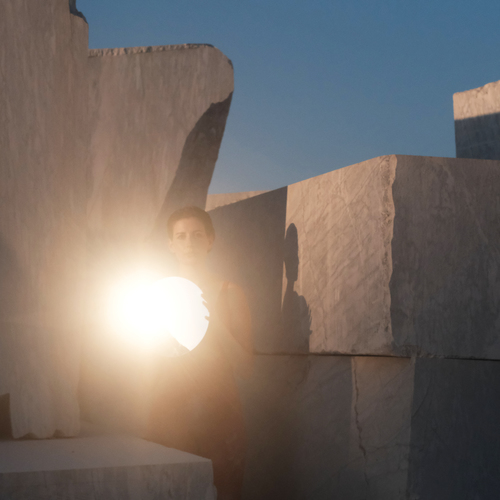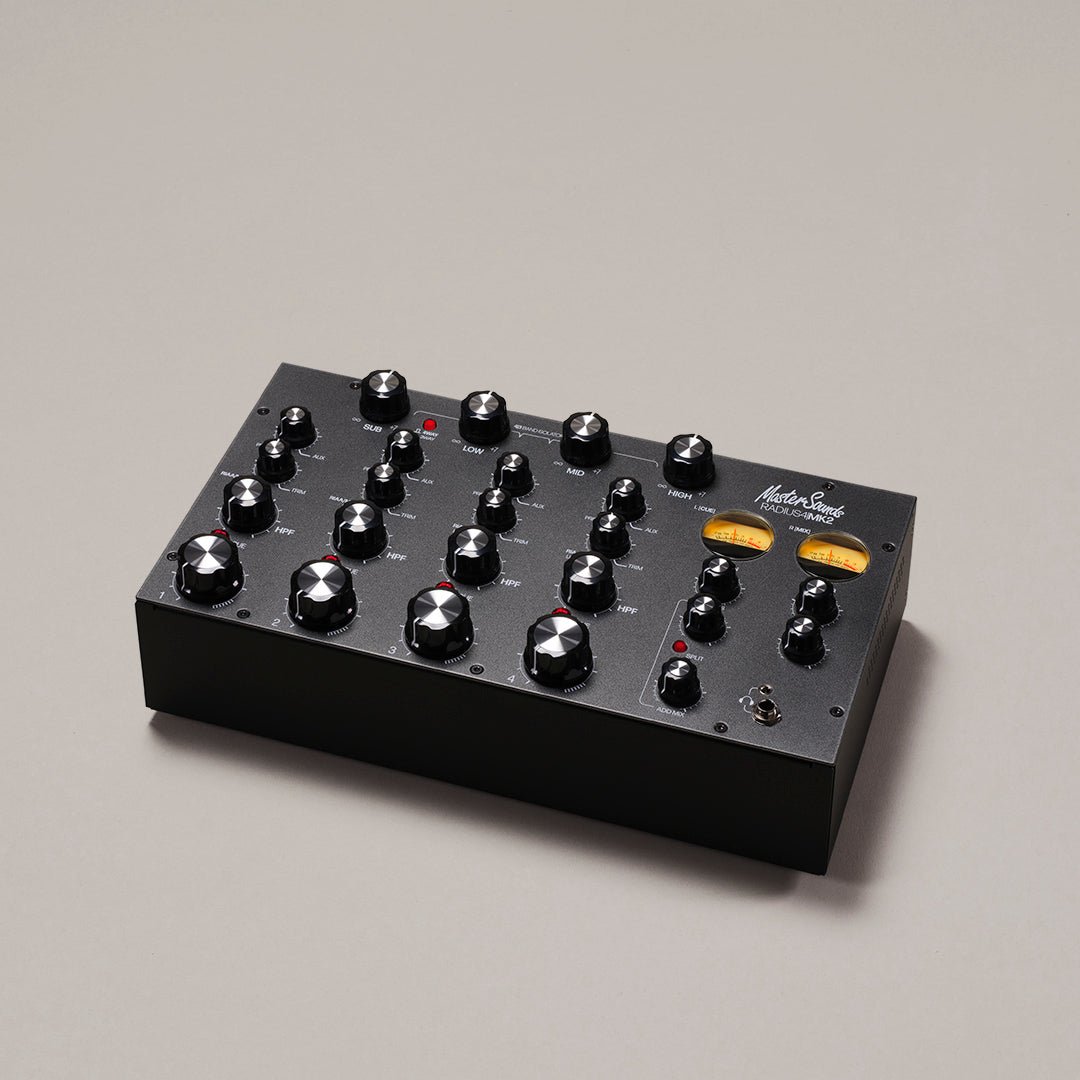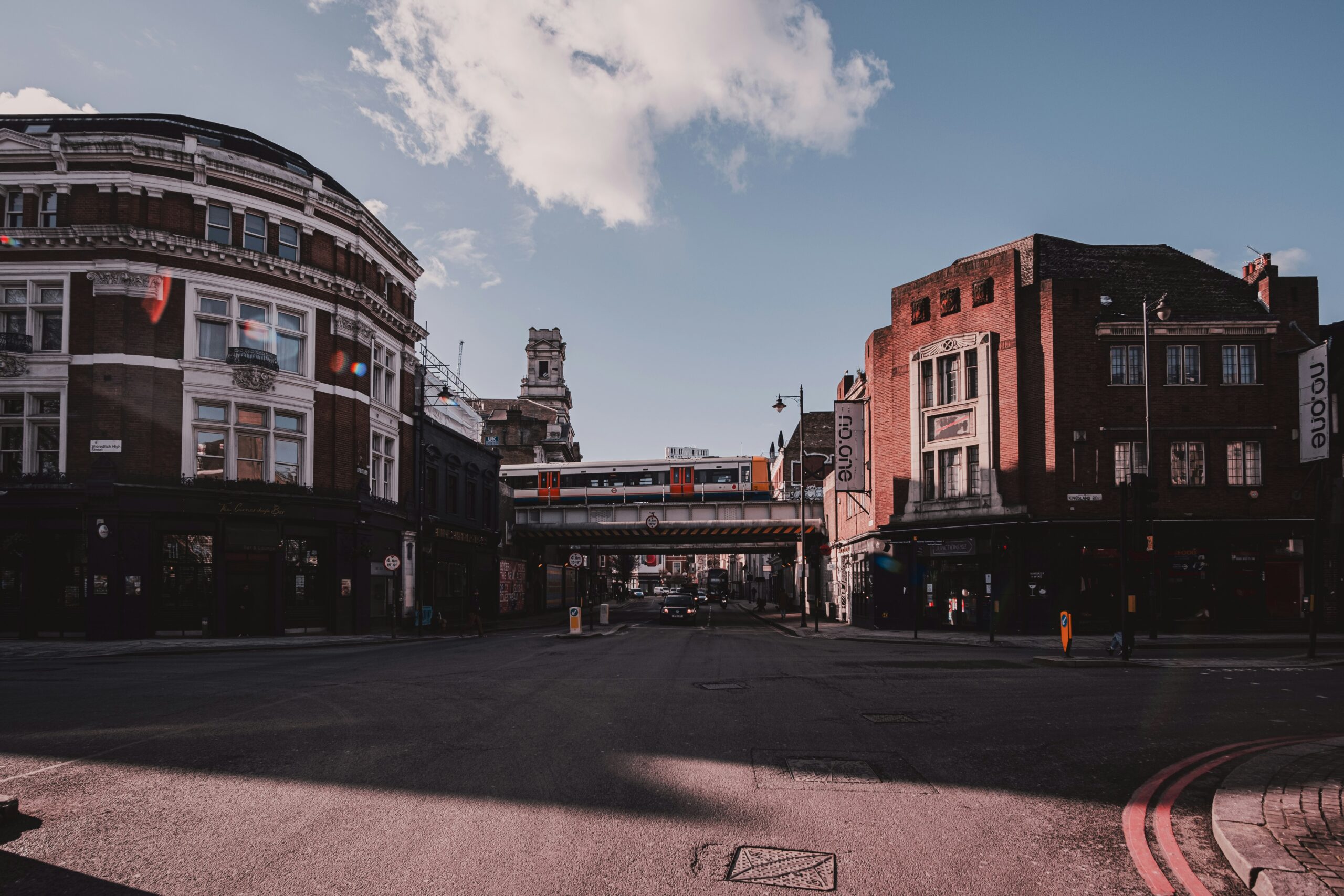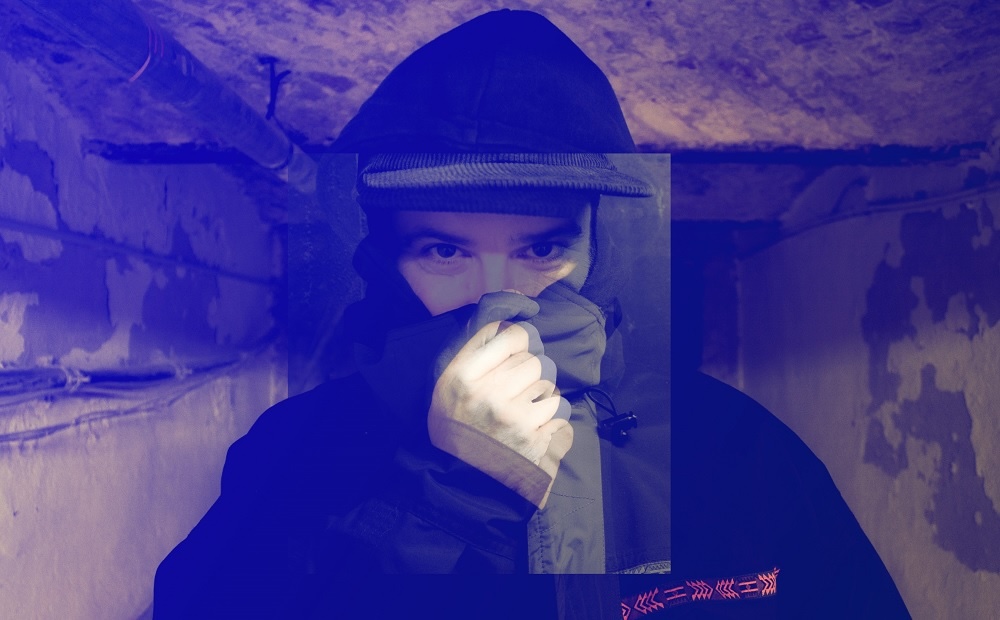Music is immaterial: Maya Shenfeld

“Music is immaterial. The only space it occupies is time.”
Berlin-based composer Maya Shenfield unveiled her latest masterpiece, “Under the Sun” earlier this year on Thrill Jockey. Crafted over two years in Berlin and amidst the depths of a Portuguese marble quarry, Shenfeld’s album delves into the intersections of nature, crisis, and community. Through electro-acoustic compositions, she “manipulates time and space” offering a poignant meditation on our surroundings.
Lead single “Interstellar,” was shot amidst the same marble quarries, reflecting the album’s thematic depth.
“I’ve always taken by the way music can seemingly stretch, bend, and even break time, its ability to touch something in you, emotionally, and the fact that it’s a resolutely physical experience: that it consists of waves resonating through the cells of your body.”
We asked Maya to put together a playlist that reflect the inspiration behind Under The Sun.
I’m inspired by Kirby’s use of time stretching, and reverb which conjures a ghostly, and haunted sound. The processing becomes a means of expression of a larger tale, Kirby’s sense of loss of the underground culture as he writes: “The idea for ‘The Death Of Rave’ was conceived in early 2006 after a visit to the Berghain Club in Berlin. At the time Berghain was about to explode on the international club scene as a temple. The feeling was in the air that something special was happening. I went and saw a pale shadow of the past. Grim and boring beats, endlessly pounding to an audience who felt they were part of an experience but who lacked cohesion and energy. For me personally something had died. Be it a spirit, be it an ideal, be it an adventure in sound. Rave and techno felt dead to me.”































Must Reads
David Holmes – Humanity As An Act Of Resistance in three chapters
As a nation, the Irish have always had a profound relationship with the people of Palestine
Rotterdam – A City which Bounces Back
The Dutch city is in a state of constant revival
Going Remote.
Home swapping as a lifestyle choice
Trending track
Vels d’Èter
Glass Isle
Shop NowDreaming
Timothy Clerkin
Shop Now